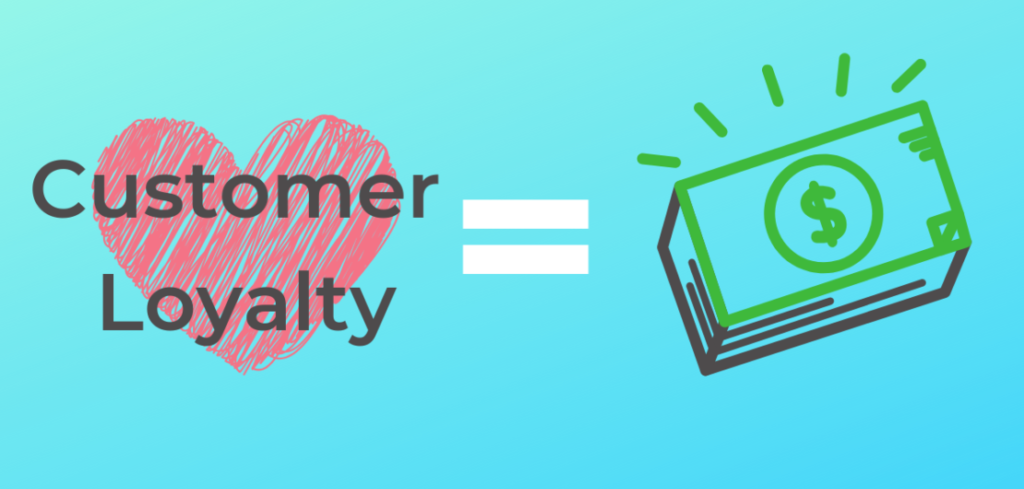How you handle customer complaints and concerns can make or break your reputation.
When you make a purchase online or when you are choosing a local place to take your family for a meal, how do decide which option is the best? If you are like the 94% of other customers, you first read online reviews (Fan and Fuel, 2016).
Business and restaurant managers have to make customer reviews a priority if they want to be competitive in their industry. The unfortunate reality is you can not make everyone happy. No matter how much you pride yourself in customer service you will get a negative online review. It’s not an “if,” but a “when.” Some times negative experiences are truly out of your control, but often times you or your team bare some responsibility.
We have scoured the internet and read countless posts from experts across multiple industries to bring you what we think are the top 5 best practices.
1. Keep It Short And Sweet
Three to four sentences is a good rule of thumb.
No matter how unfair a negative review, resist the urge to defend every point and prove your case. It may sound counterintuitive, but long-winded responses can actually legitimize the complaint, as if the review needed defending in the first place.
For that reason, don’t go into detail (it can sound defensive) and don’t ask follow-up questions. You want to avoid saying anything that could further incite an upset customer and encourage them to add more detail and negativity to their review. (Ryan Erskine, Forbes.com)
2. Have A Statement Prepared
Use a prepared statement to respond to customers via social media as well as a sentence, which directs them to continue the conversation offline (e.g., customer care number or Direct Message). In a customer’s eyes, a lack of response is a decision to ignore them. So try to respond within an hour. For instance, “Hey Danielle, thanks for letting us know! Can you… . Apologies for the inconvenience. (Kandia Johnson, blackenterprise.com)
3. Say Thank You
Show customers that your business appreciates and values candid feedback, and always remember to say thank you in responses to reviews (even the bad ones).
Some things you can say:
- “Thank you for your review. I’m sorry to hear you had such a frustrating experience, but I really appreciate you bringing this issue to my attention.”
- “Thank you for bringing this to our attention. We’re sorry you had a bad experience. We’ll strive to do better. ”
- “Thank you for letting us know know about this. Your feedback helps us get better. We are looking into this issue and hope to resolve it promptly and accurately.” (reviewtrackers.com)
4. Offer To Make It Right
Always offer to make your wrongs right. If someone was unhappy with their meal, invite them in for a free dinner on the house, and put your best chef on it. If their shirt arrived with a tear in the sleeve, send a replacement one — and do it ASAP.
Many times, customers won’t take you up on your offer of a freebie, but it’s vital that you offer regardless — if only to show potential leads that you’re willing to go the extra mile. (Tara Johnson, cpcstrategy.com)
5. Find The Learning Experience
The only negative experience is one in which you can’t learn something from. Don’t make this review one of them. Through listening and talking to your colleagues, find the learning experience.
If your customer was having a bad day, jot down some notes or phrases that you can say next time and see if that works. If the product has a limitation, write down a sound-bite that you can share, or have someone’s name or email address you can pass to the customer. Have a running document of the reviews, what caused them, and your learning experience so that you’re constantly iterating upon and improving yours, and the customer’s experiences. ( Adriti Gulati, Hubspot.com)
These 5 tips can help you turn lemons into lemonade when a negative online review comes your way. How you handle a negative review speaks volumes to your customers present and future.
Of course everyone wants to avoid negative reviews, and there are steps you can take to decrease negative feedback. For restaurant owners specifically, one surefire way to avoid a negative review is order accuracy. Did you know mobile ordering increases order accuracy? This means fewer orders sent back, less food waste, and happier customers.









